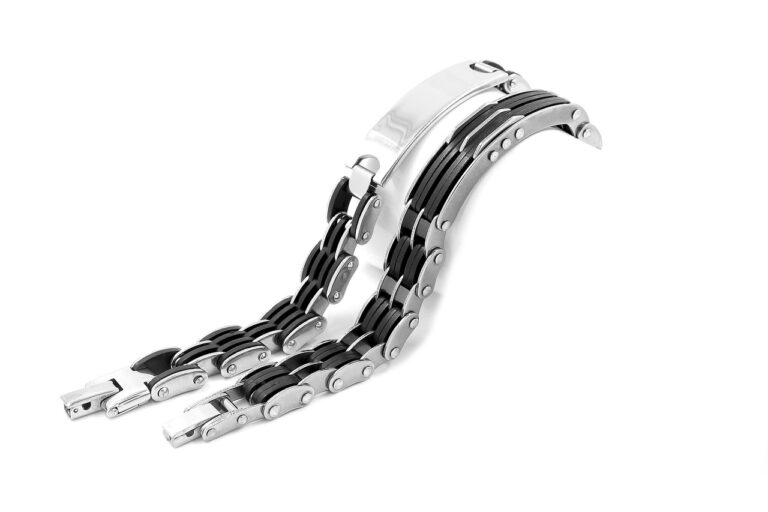Fashion and Green Living: Incorporating Sustainability Into Everyday Fashion Choices
Sustainable fashion entails the ethical and environmentally conscious production, design, and consumption of clothing. It emphasizes reducing negative impacts on the planet and its resources throughout the entire fashion supply chain, from fabric sourcing to end-of-life disposal. This means considering factors like fair wages for producers, using eco-friendly materials, reducing waste production, and promoting longevity in garment use.
The fashion industry has a significant ecological footprint, contributing to pollution, water depletion, and waste generation. Sustainable fashion seeks to address these issues by promoting more responsible practices and choices. By supporting sustainable fashion brands and engaging in mindful consumer behavior, individuals can contribute to a more sustainable future for the fashion industry and the planet as a whole.
Benefits of Choosing Eco-Friendly Fabrics
When considering the benefits of choosing eco-friendly fabrics, it is important to highlight the positive impact on the environment. By opting for materials such as organic cotton, hemp, or bamboo, you are supporting sustainable farming practices and reducing the use of harmful pesticides and synthetic chemicals in the textile industry.
Furthermore, eco-friendly fabrics are typically biodegradable or recyclable, making them a better choice for the planet. Choosing these materials helps to minimize waste and decrease the overall carbon footprint of the fashion industry. Making conscious decisions about the fabrics you wear is a simple yet effective way to contribute to a more sustainable future.
How to Shop for Second-Hand Clothing
When shopping for second-hand clothing, it’s important to keep an open mind and embrace the thrill of the hunt. One of the key tips is to visit various thrift stores, vintage shops, and online platforms to discover unique pieces that align with your style preferences. By exploring a variety of sources, you increase your chances of finding hidden gems that can elevate your wardrobe.
Additionally, don’t forget to inspect the quality of the items before making a purchase. Check for any signs of wear and tear, stains, or missing buttons to ensure that the garment is in good condition. It’s also beneficial to try on the clothing to see how it fits and determine if any alterations may be needed to achieve the perfect look. Shopping for second-hand clothing is not only a sustainable choice but also a rewarding experience that allows you to express your individuality through fashion.
What is sustainable fashion?
Sustainable fashion refers to clothing that is produced in an environmentally and socially responsible manner. This includes using eco-friendly materials, reducing waste, and supporting fair labor practices.
What are the benefits of choosing eco-friendly fabrics?
Eco-friendly fabrics are made from renewable resources, use less water and energy during production, and produce fewer greenhouse gas emissions. Additionally, they are often biodegradable and safer for the environment.
How can I shop for second-hand clothing?
When shopping for second-hand clothing, consider visiting thrift stores, consignment shops, online resale platforms, or clothing swaps. Look for high-quality items that are gently used and in good condition. Don’t be afraid to mix and match different pieces to create unique and stylish outfits.







